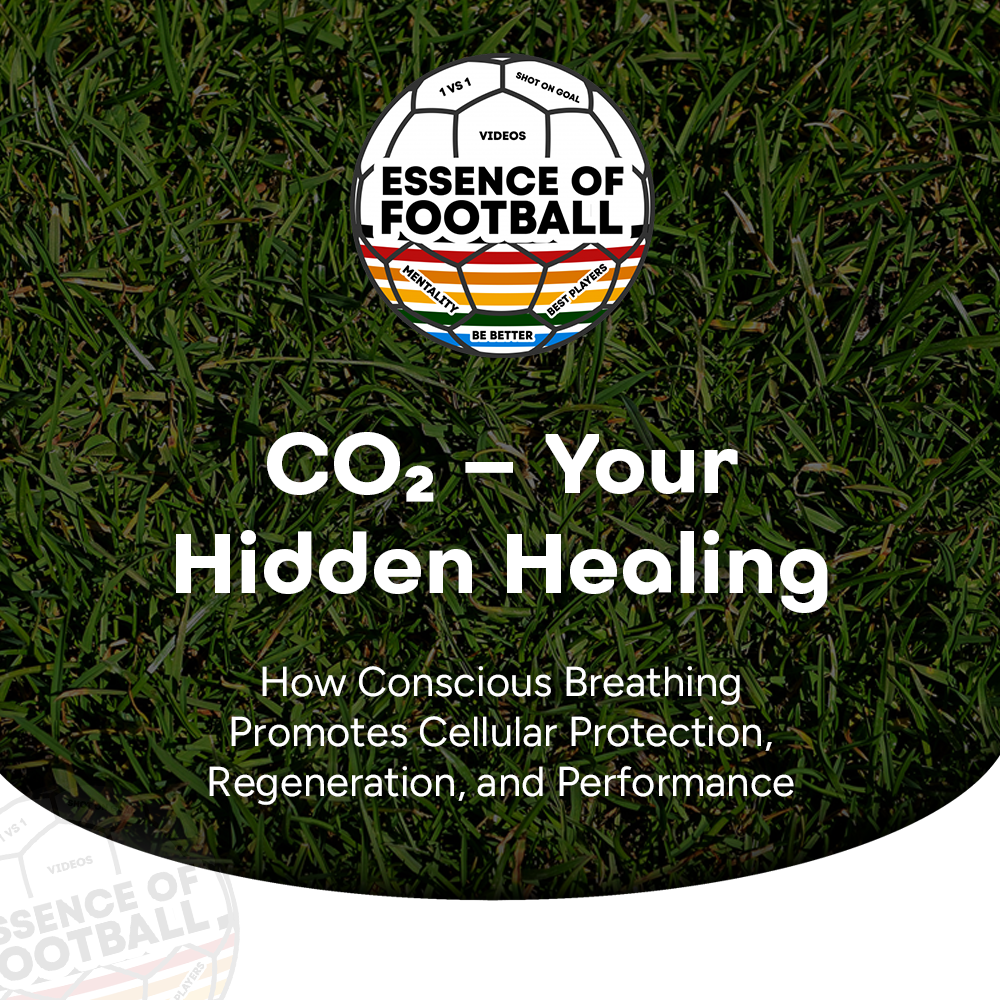Be better
CO₂ – Your Hidden Healing Power

The Science Behind Breathing Techniques, CO₂, and Regenerative Health
In a world dominated by high-tech medicine and expensive supplements, one biological key remains largely overlooked: carbon dioxide (CO₂). Yet modern research shows that controlled breathing techniques and a targeted increase in CO₂ levels can trigger astonishing effects — from cellular repair to the reduction of oxidative stress.
🧪 CO₂ as Natural Cellular Protection: The Biochemical Evidence
1. CO₂ as an Antioxidant (Veselá & Wilhelm, 2002)
CO₂ neutralizes peroxynitrite (ONOO⁻), which would otherwise cause aggressive nitration of proteins and DNA. Instead, harmless substances such as nitrate or carbonate are formed.
It protects key enzymes such as superoxide dismutase (SOD) from oxidative damage caused by hydrogen peroxide (H₂O₂).
Conclusion: CO₂ acts as a natural free radical scavenger and reduces oxidative stress at the cellular level.
Sources: PubMed, ResearchGate, Wiley, CiteSeerX
2. Carboxytherapy & CO₂ Exposure (MDPI, Springer)
CO₂ supports endogenous antioxidant systems, e.g. by stabilizing metal complexes (iron, copper).
Prevents Fenton reactions (radical chain reactions).
Acts synergistically with glutathione, SOD, and catalase.
Conclusion: CO₂ is part of a complex protective system that promotes cellular homeostasis.
3. CO₂ and the Cellular Redox System
CO₂ supports endogenous antioxidant systems, e.g. by stabilizing metal complexes (iron, copper).
Prevents Fenton reactions (radical chain reactions).
Acts synergistically with glutathione, SOD, and catalase.
Conclusion: CO₂ is part of a complex protective system that promotes cellular homeostasis.
🔄 The Most Effective Breathing Techniques for Increasing CO₂ and Promoting Cellular Regeneration
🌄 Wim Hof Method
30 deep breaths + breath-holding (after exhalation).
Goal: CO₂ build-up, stress resilience, immune modulation.
Science: Kox et al., 2014 (PNAS)
🧡 Tony Robbins’ Priming
3×30 rapid nasal breaths.
Goal: Energization, CO₂ kickstart.
Basis: Pranayama + neuropsychology
💪 Box Breathing (Navy SEALs)
4:4:4:4 or 6:6:6:6 (inhale-hold-exhale-hold).
Goal: CO₂ stability, nervous system regulation.
Origin: Tactical breathing training
🔵 Weißwasser / Buteyko Method
Slow nasal breathing + breath-holds.
Goal: Reduced breathlessness, increased CO₂ tolerance.
Use case: Chronic illness, sleep disorders
🎓 Andrew Huberman: Physiological Sigh
2 quick inhales + long exhale.
Goal: Immediate stress reduction.
Basis: Stanford University, Neuroscience
📊 Scientifically Proven Effects of CO₂ in the Body
| Effect | Scientific Evidence |
|---|---|
| Neutralization of ONOO⁻ | Veselá & Wilhelm (PubMed, 2002) |
| Protection of antioxidant enzymes | MDPI, Wiley Online, PubMed |
| Reduction of ROS in tissues | Carboxytherapy studies (MDPI, Springer) |
| Improved blood circulation | AMPK/NO pathways in CO₂ therapy |
| Cellular respiration & mitochondrial efficiency | JBC, ResearchGate, 2022 |
✅ Conclusion: 5 Tibetans + CO₂ = Biological Upgrade
The combination of movement, breathing technique, and conscious elevation of CO₂ is not an esoteric concept — it’s biological intelligence. The “5 Tibetans+” unite proven exercises with modern respiratory science. Every human carries this tool within. You just need to use it.
“Breath is medicine. CO₂ is the carrier.”



